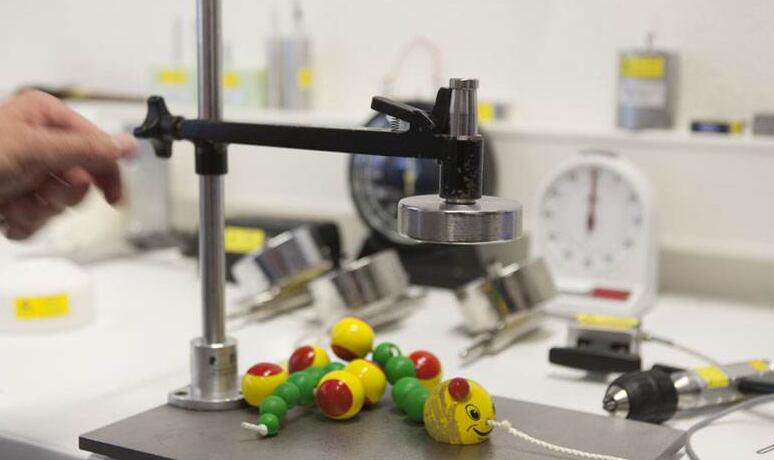Toy testing is an important process to ensure the safety of toys and compliance with relevant standards, mainly involving physical and chemical testing. Here are some key items and standards for toy testing:
Toy testing project
Physical and mechanical testing: including drop testing, small part testing, sharp edge testing, tensile testing, pressure testing, etc., to ensure that toys will not cause physical harm to children under normal use and reasonable foreseeable abuse.
Chemical testing: including soluble heavy metal content testing (such as lead, cadmium, chromium, etc.), phthalate content testing, formaldehyde testing, etc., to ensure that there are no harmful substances in toy materials that exceed safety limits.
Flammability testing: Testing the combustion performance of toy materials to ensure that the toy is not highly flammable and does not pose a fire hazard.
Electrical safety testing: For electronic toys, ensure that they do not cause electric shock or other electrical hazards.
Age appropriate testing: Ensure that toys are suitable for the expected age range and do not pose safety risks to children who are too young or too old.
International standards: ISO 8124, It covers the safety requirements of toys, including mechanical and physical properties, combustion performance, migration of specific elements, etc.
Chinese standards: GB 6675-2014, It specifies the basic specifications, physical and mechanical properties, flammability, and specific element migration of toys.
EU standards: EN 71 series standards, including physical and mechanical properties, flammability, migration of specific elements, etc.
The American standards ASTM F963 and CPSC (Consumer Product Safety Improvement Act) specify safety requirements and testing methods for toys.
The purpose of toy testing is to protect the health and safety of children and prevent injuries caused by toy design or material issues. Through these tests, it can be ensured that toys comply with safety standards in various countries and regions, reducing potential risks.

